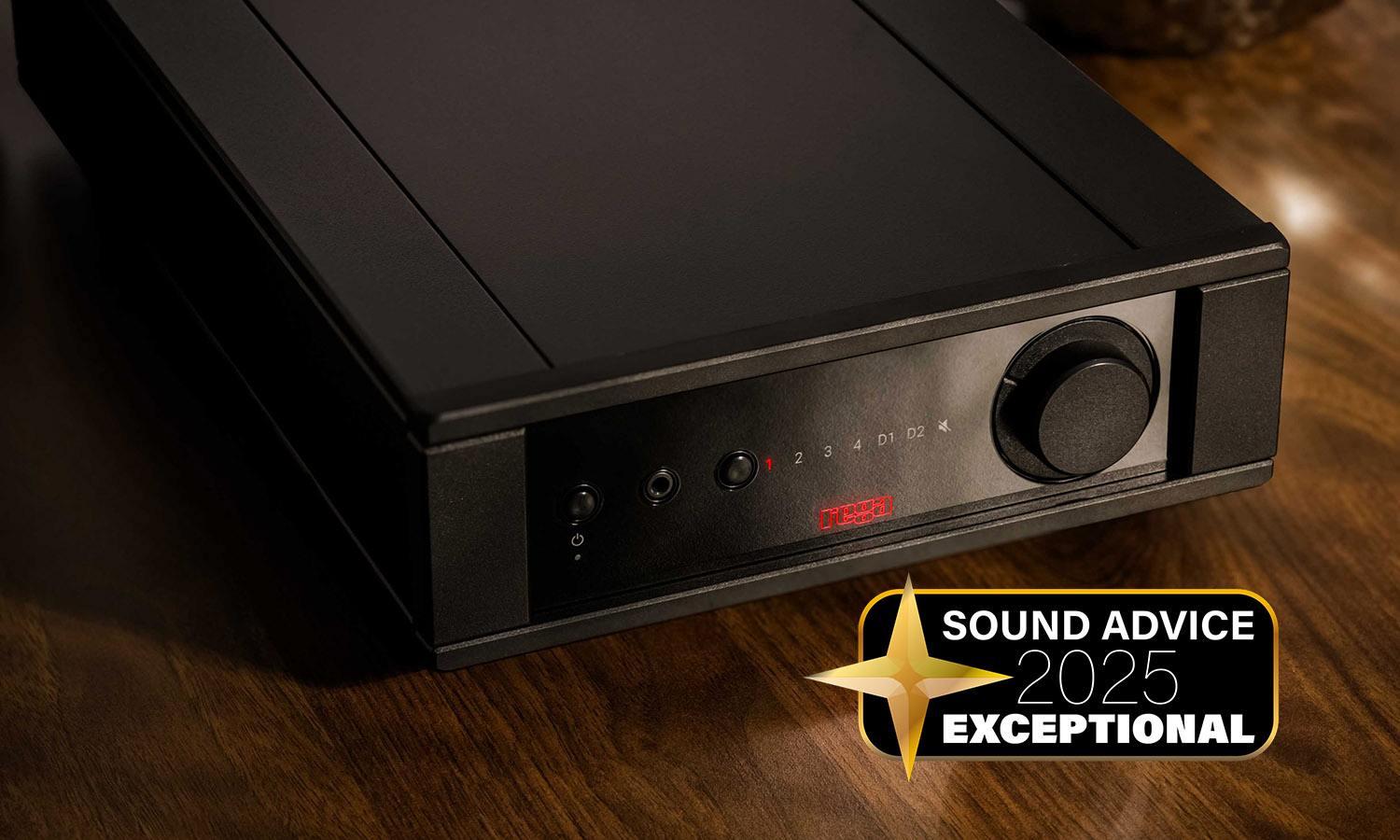Amplifiers
Amplifiers or amps to most of us drive the speakers to make the music. Our list of recommended amps all deliver exceptional sound quality even if some only cost a few hundred pounds and represent exceptional value for money
Your Guide to: Amplifiers
Preamp/power amp/integrated
Stereo amplifiers come in three flavours: integrated, preamp, and power. An amp receives the small electrical signal from your source and increases that signal so that you can hear it through your speakers. The preamp has first dibs, taking the electrical signal and raising it to a level suitable for the power amp. The power amp puts its shoulder to the wheel and boosts the signal to a level sufficient for the loudspeakers. An integrated amplifier combines a preamp and a power amp into one box. Some say that using a separate preamp and power amp helps maintain the signal's purity. Possibly, but some people also prefer not to mix their rice with their curry. There is no right or wrong here.
Power types explained (Class A, Class D etc.)
Class A amplifiers are highly regarded, delivering low distortion. They can also get hot (Class A outputs max power all the time), large and expensive.
Class B amplifiers use a 'push-pull' technique, so a pair of transistors alternately supply electrical current. Class B is more efficient than Class A but can bring distortion.
Class AB marries the best of A and B. More efficient than Class A, less distortion potential than Class B. Class AB is the margherita pizza of the amp power world – everyone loves it.
Class D devices boast compact size and efficient operation. Some say Class D can sound slightly harsh, especially in the treble. We say today's Class D designs can sound great.
Power output
We measure amplifier power in watts – thank you, James Watt. Don't obsess about power output. As a rule of thumb, pair low sensitivity speakers with high powered amps, and match high sensitivity speakers with lower-powered amps.
Frequency response
Science measures sound waves – the things that our ears identify as music or speech – in cycles per second. One hertz (Hz) – danke, Heinrich Hertz – equals one cycle per second. Humans can detect sounds between about 20 Hz and 20,000 Hz (20 kHz). That range reduces as we age, with upper frequencies receding first. Deep bass sits between 20 to 60 Hz. Treble is found higher up the range, with the likes of cymbals reaching
20 kHz. The goal of hi-fi gear is an output equivalent to the input, so a flat frequency response that doesn't alter the source. But, unless you are a great wax moth, slight deviations – think plus or minus three decibels (dB) – are fine.
What is line-level?
Line-level is a signal level. So, in a system with a CD player, the signal's level as it flows from the player to your amplifier. Line level has already been amplified, unlike the weaker phono signal from a turntable.
The phono input
An amplifier's phono input (or preamp or phone stage) takes the teeny audio signal from a turntable's cartridge, amplifying it to the level of, for example, a CD player. Not all amplifiers have a phono input, especially those built during vinyl's fallow years. For those looking to upgrade, it's possible to enhance performance by buying a standalone phono input and bypassing the amp's built-in version. Take care to match your cartridge with your phono input. (LINK TO VINYL PAGE?)
Bi-wiring and bi-amping
Bi-wiring runs two speaker cables between each speaker and the amplifier. So, four cables total. You need loudspeakers with two pairs of binding posts – one high frequency, one low. Remove the links, connect your two speaker cables – one to high, the other to low – and connect both cables to your amp's corresponding (right or left) terminals. Some say that bi-wiring improves sound performance. Bi-amping uses two amplifiers, one for high frequency and one for low frequency. Like bi-wiring, you need a total of four (identical) speaker cables. Does it improve performance? Well, it's arguably more noticeable than bi-wiring.
Is there an advantage to 'more power' beyond 'greater volume'?
The amplifier's power shifts a speaker's drivers back and forth. The drivers move the air, and we hear music. Hurrah. So, the more powerful the amp, the better? Not necessarily. Remember, high-efficiency speakers, require fewer watts. And vice versa. Matching your amp and speaker is the key. Unless you're looking to recreate Motorhead live in Cleveland 1986, today's hi-fi gear goes plenty loud.
What's a valve amplifier? And why would anyone want one?
A valve amplifier uses early 20th-century technology to amplify the audio signal. The valve – or vacuum tube – amplifier relies on sealed glass tubes to power and amplify the audio signal. Valve amps can lack the
muscle of modern 'solid state' designs, but many listeners swear by a valve amp's 'warm' and 'natural' sound. They look lovely, too.
Tone controls: pros and cons
Engineers may leave tone controls out of an amp's design to maintain signal purity—less stuff in the box, less potential for interference. But tone controls can help you confront sonic issues – for example, tackling lacklustre or bright room acoustics. However, tweaking the tone controls won't make a flawed system sound good. Just less flawed.
Digital inputs
Is your thinking here actual types of digital input? Or the general idea of digital inputs?




